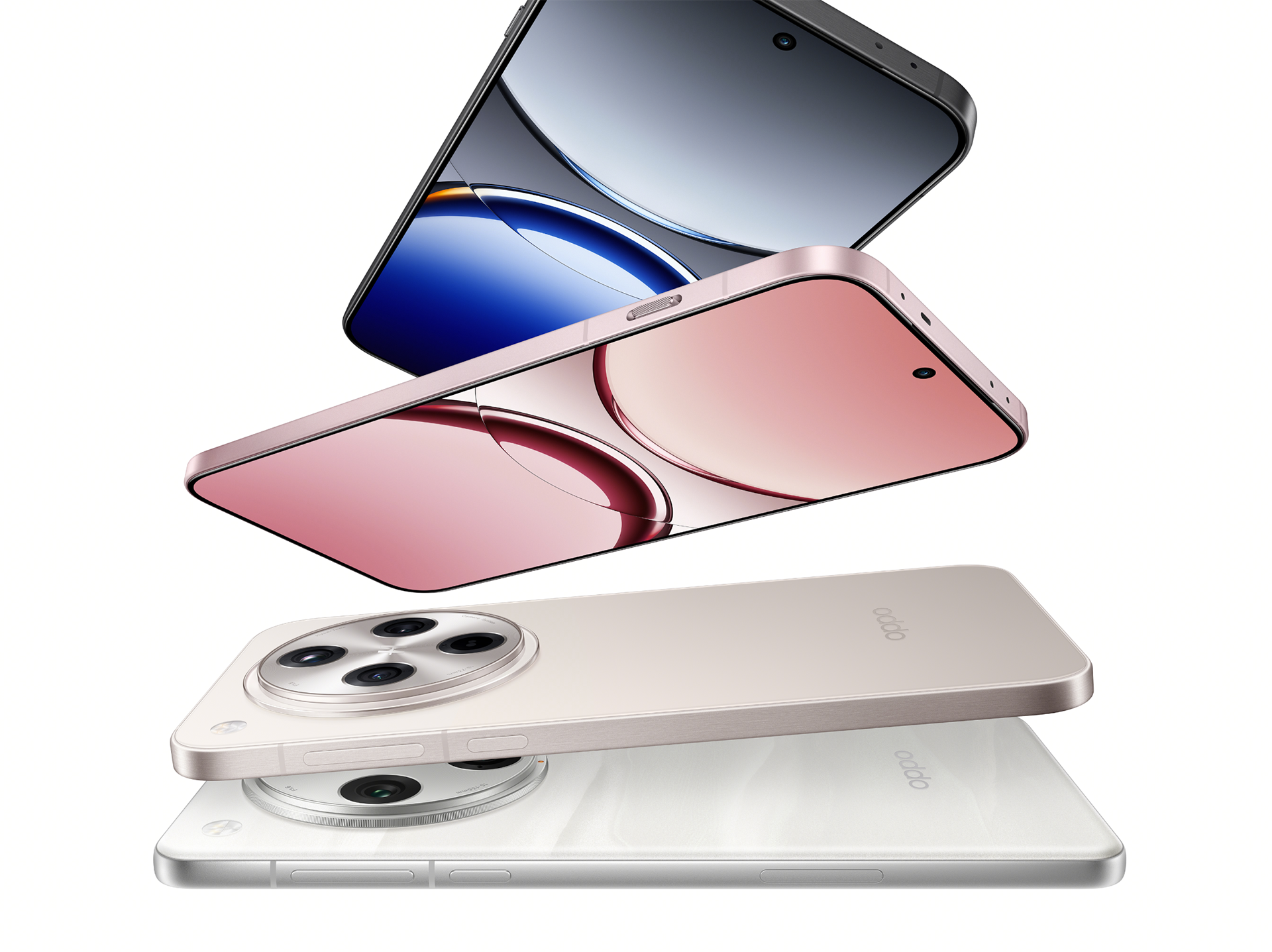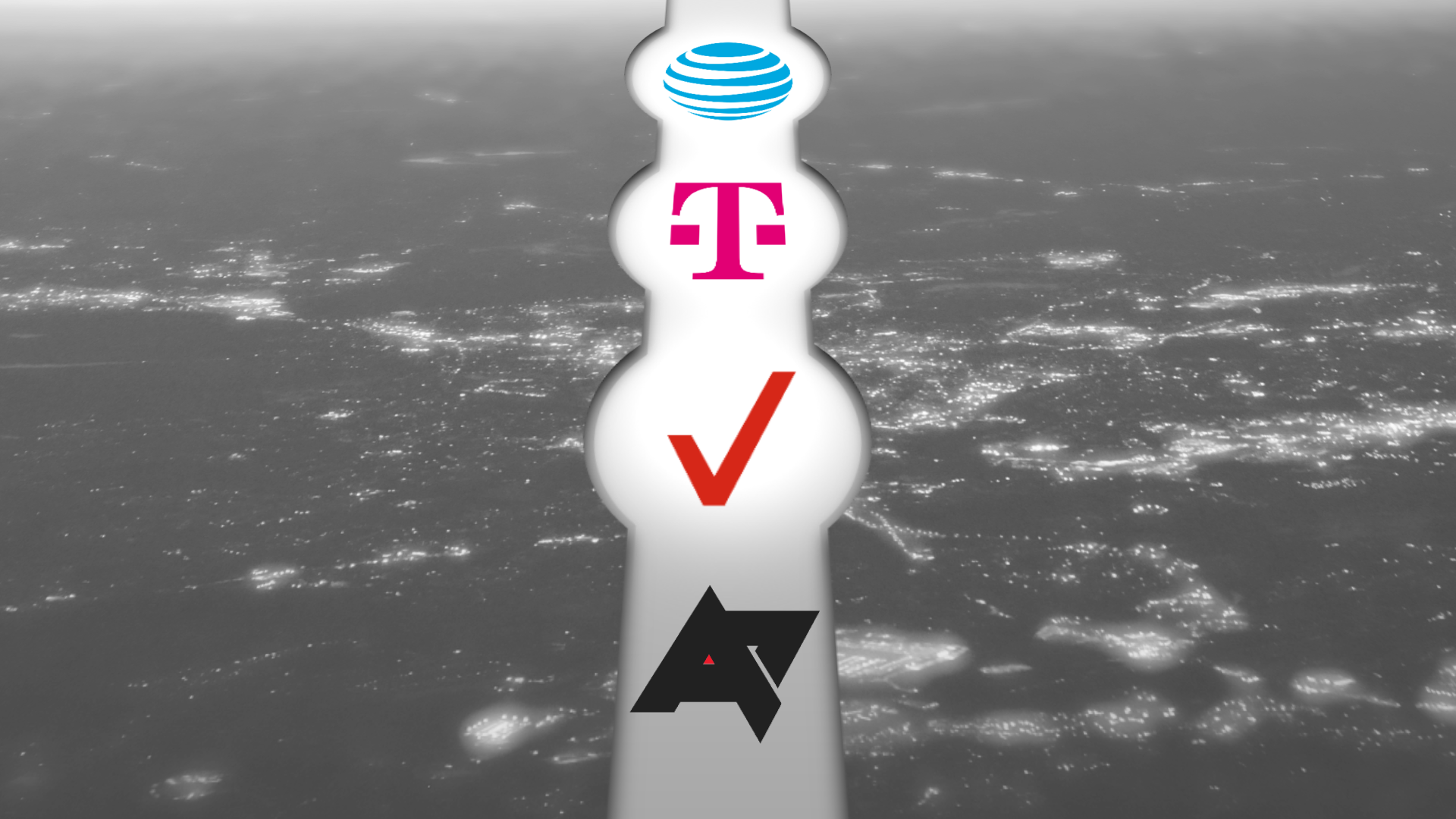Review sản phẩm
Open RAN Là Gì? Mở Ra Tương Lai Mạng Di Động Mới!
## Open RAN Là Gì? Mở Ra Tương Lai Mạng Di Động Mới!
Open RAN (Open Radio Access Network), hay Mạng Truy cập Vô tuyến Mở, là một khái niệm đang làm thay đổi cục diện ngành công nghiệp viễn thông. Khác với các hệ thống mạng truyền thống, nơi các thiết bị đến từ một nhà cung cấp duy nhất, Open RAN cho phép sử dụng các phần cứng và phần mềm đến từ nhiều nhà cung cấp khác nhau. Điều này tạo ra một hệ sinh thái mở, cạnh tranh và linh hoạt hơn.
Open RAN hoạt động như thế nào?
Hệ thống mạng di động truyền thống thường được tích hợp chặt chẽ, với các thiết bị đến từ cùng một nhà cung cấp. Open RAN chia nhỏ hệ thống thành các thành phần độc lập, tuân thủ các tiêu chuẩn mở. Điều này cho phép các nhà cung cấp khác nhau cung cấp các thành phần khác nhau, từ các đơn vị xử lý tín hiệu vô tuyến (Radio Units – RUs), đơn vị phân bố (Distributed Units – DUs), đơn vị trung tâm (Central Units – CUs) đến phần mềm quản lý mạng.
Lợi ích của Open RAN:
* Tăng tính cạnh tranh: Việc sử dụng nhiều nhà cung cấp thúc đẩy sự cạnh tranh về giá cả và chất lượng, giúp giảm chi phí cho các nhà mạng.
* Linh hoạt và tùy biến: Các nhà mạng có thể lựa chọn các thành phần phù hợp với nhu cầu cụ thể của mình, tạo ra các mạng tùy biến cao.
* Khả năng mở rộng và nâng cấp: Việc thay thế hoặc nâng cấp các thành phần trở nên dễ dàng hơn, giúp tối ưu hóa hiệu suất mạng và tiết kiệm chi phí.
* An ninh mạng tốt hơn: Việc phân chia hệ thống thành các thành phần độc lập giúp giảm thiểu rủi ro an ninh mạng.
* Đổi mới công nghệ nhanh hơn: Hệ sinh thái mở khuyến khích sự đổi mới và phát triển công nghệ nhanh hơn.
Open RAN và tương lai mạng di động:
Open RAN được xem là một công nghệ đột phá, hứa hẹn mang lại nhiều lợi ích cho ngành công nghiệp viễn thông. Việc áp dụng Open RAN sẽ giúp tăng cường sự cạnh tranh, thúc đẩy đổi mới và tạo ra một hệ thống mạng di động hiệu quả, linh hoạt và an toàn hơn. Đây cũng là một bước tiến quan trọng trong việc xây dựng các mạng 5G và 6G trong tương lai.
Mua ngay sản phẩm công nghệ tại Queen Mobile để trải nghiệm dịch vụ và công nghệ tiên tiến!
QUEEN MOBILE chuyên cung cấp điện thoại iPhone, máy tính bảng iPad, đồng hồ Smartwatch và các phụ kiện APPLE chính hãng cùng các giải pháp điện tử và nhà thông minh hiện đại. Khám phá ngay thế giới công nghệ tại Queen Mobile!
#OpenRAN #MạngDiĐộng #CôngNghệMới #5G #6G #ViễnThông #QueenMobile #iPhone #iPad #Smartwatch #Apple #NhàThôngMinh
(Lưu ý: Phần là placeholder cho quảng cáo. Bạn cần thay thế bằng mã quảng cáo thực tế của mình.)
Giới thiệu What is Open Ran?
: What is Open Ran?
Hãy viết lại bài viết dài kèm hashtag về việc đánh giá sản phẩm và mua ngay tại Queen Mobile bằng tiếng VIệt: What is Open Ran?
Mua ngay sản phẩm tại Việt Nam:
QUEEN MOBILE chuyên cung cấp điện thoại Iphone, máy tính bảng Ipad, đồng hồ Smartwatch và các phụ kiện APPLE và các giải pháp điện tử và nhà thông minh. Queen Mobile rất hân hạnh được phục vụ quý khách….
_____________________________________________________
Mua #Điện_thoại #iphone #ipad #macbook #samsung #xiaomi #poco #oppo #snapdragon giá tốt, hãy ghé [𝑸𝑼𝑬𝑬𝑵 𝑴𝑶𝑩𝑰𝑳𝑬]
✿ 149 Hòa Bình, phường Hiệp Tân, quận Tân Phú, TP HCM
✿ 402B, Hai Bà Trưng, P Tân Định, Q 1, HCM
✿ 287 đường 3/2 P 10, Q 10, HCM
Hotline (miễn phí) 19003190
Thu cũ đổi mới
Rẻ hơn hoàn tiền
Góp 0%
Thời gian làm việc: 9h – 21h.
KẾT LUẬN
Hãy viết đoạn tóm tắt về nội dung bằng tiếng việt kích thích người mua: What is Open Ran?
Smartphones are popular and well-known mobile devices globally, which isn’t surprising given how much they can do for us. Keeping these devices connected to the internet on the go in our always-connected world has become necessary for many. Grabbing one of the best 5G phones gives you the speed and reliability you need without breaking the bank. This guide explains how your smartphone accesses the internet using a RAN and discusses why an Open RAN has a place in our mobile wireless future.
What is a RAN?
Before talking about an Open RAN, let’s briefly go over what a traditional RAN is and how it works. RAN is short for Radio Access Network. It’s a bridge that mobile wireless networks use to send data to and from your device from the origin point. A RAN allows you to use a 5G internet connection from your smartphone via your wireless carrier, such as T-Mobile, AT&T, or Verizon Wireless. The RAN handles the rerouting of the data from your device to the primary host network and back again.
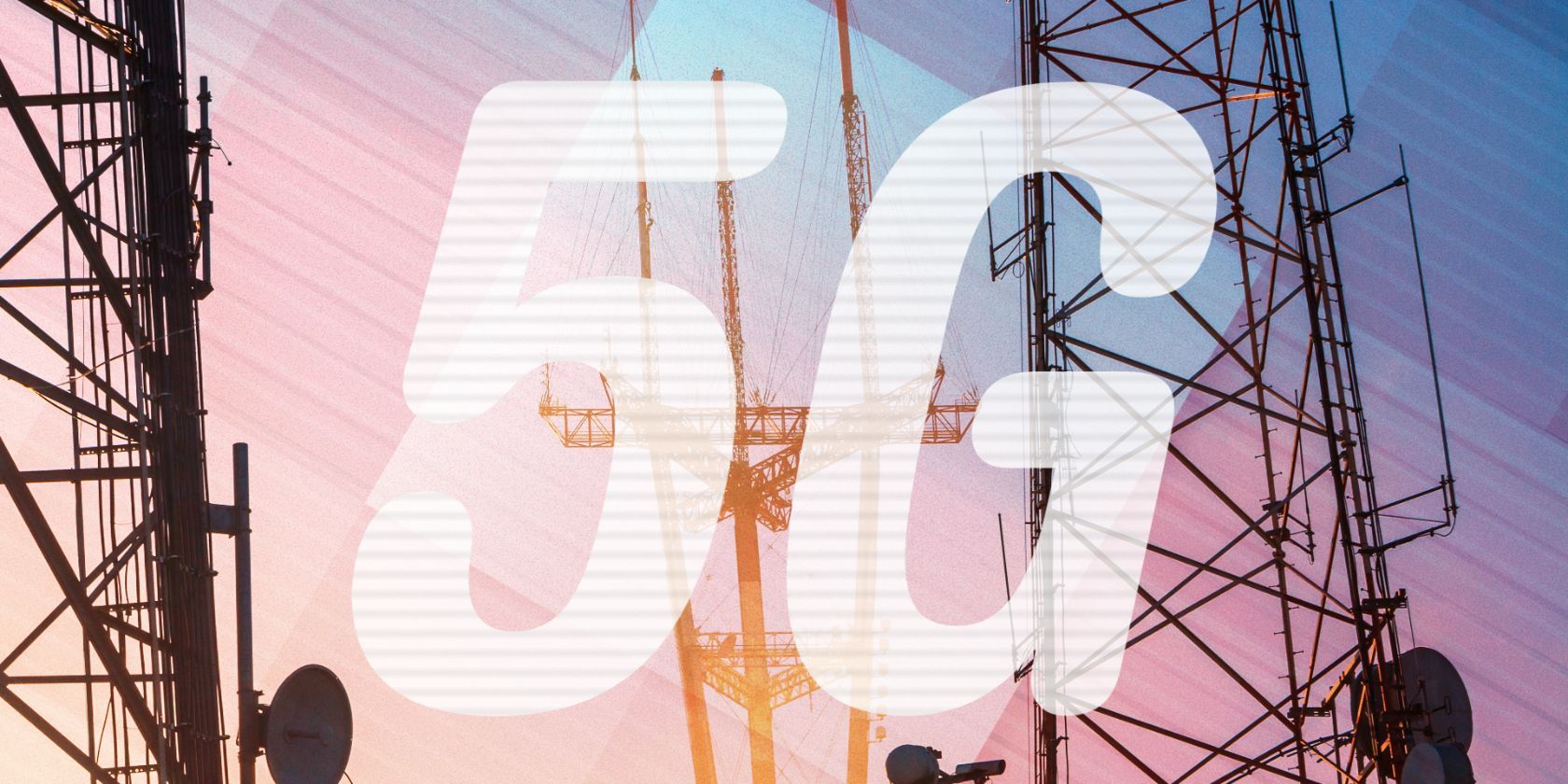
Source: Adobe
This is crucial for today’s 5G mobile networks operating on smartphones, tablets, laptops, and similar devices. This would not be possible without the RAN. You should also know about three critical components of a RAN: the base station, Radio Unit (RU), and Baseband Unit (BBU). Each plays a role in sending and receiving data, and they work together to make it happen. Your mobile data travels between them via a specific route. The RAN handles anything that involves your data connection and direct access to the internet from your wireless carrier.
How does a RAN send data to and from your device?
Say you send a text message or stream your favorite show on Netflix using your smartphone’s 5G data connection. This information is transmitted over the air in what is known as the RU. That signal is sent to the carrier tower that houses the necessary antennas to receive data from your device — the base station. From there, the data is sent to the primary network using a separate processing unit away from the initial base station — the BBU. At this point in the process, the path your data takes is almost complete.
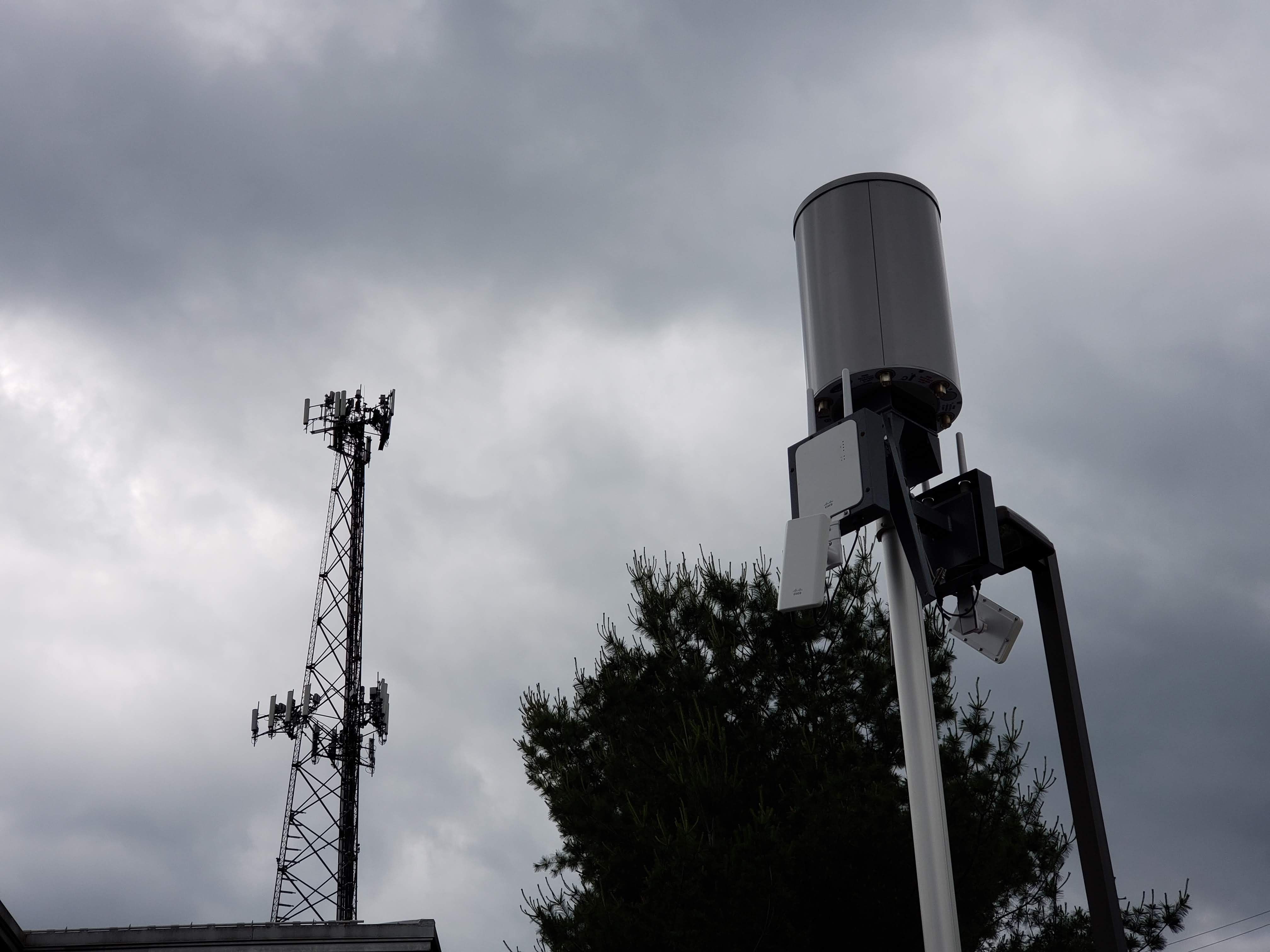
Source: Verizon
After the data is forwarded from the BBU to the core carrier network, it goes in reverse order to send that signal back to your device. It sounds like a lot, but this happens in as near real-time as possible — around 1 millisecond (ms) using network slicing at its best. It can vary depending on network conditions — up to 20 ms at its worst. This is how the RAN allows mobile wireless networks to operate today. Open RAN works differently, with a few distinct differences, and we cover that in the sections below.
RAN continues to be popular on today’s networks
Most major wireless carriers use a traditional RAN, but that’s not to say an Open RAN is out of the question. The way a RAN works is similar to that of closed source software. Proprietary hardware and towers locked to a specific wireless carrier make it challenging for new companies to enter the wireless networking game. Building a reliable wireless network on a national scale is no small feat. Everyone in the United States knows of the three big wireless carriers that are successful: T-Mobile, AT&T, and Verizon Wireless.
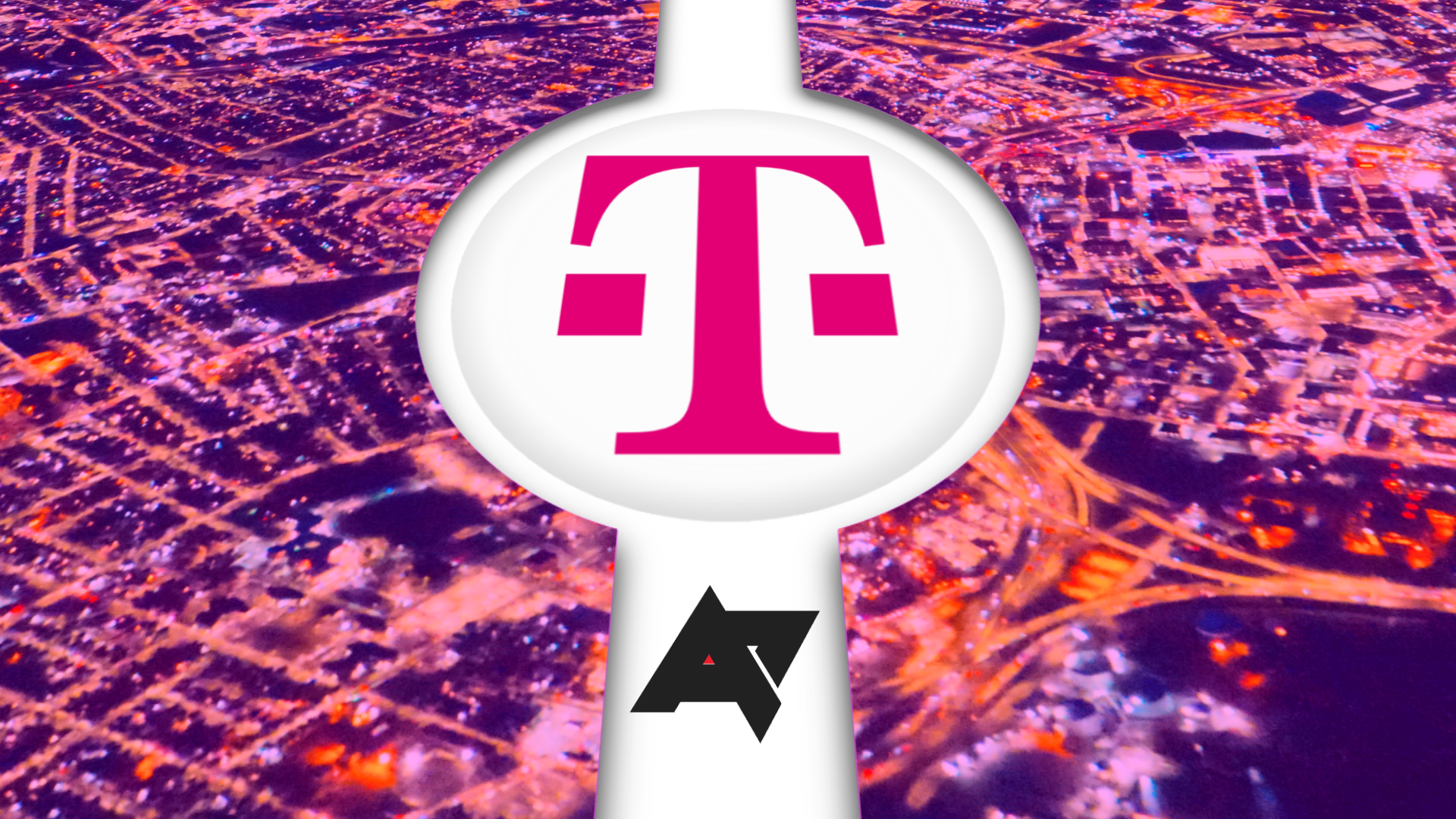
Then there are companies known as mobile network virtual operators (MVNO), which lease the towers from these big companies to offer their services. Google Fi is an excellent example. MVNOs didn’t build the network, but they provide unique features for their customers without needing to. Locking towers and antennas behind a single company or entity is something Open RAN wants to change. The idea is to allow for more freedom, flexibility, and competition in the mobile network space, which can benefit us all.
What sets an Open RAN apart from a traditional RAN involves how the base station, RU, and BBU work together. These are locked down to a single company or vendor in a RAN. The RU and BBU in an Open RAN are independent and not locked down.
What are the pros and cons of Open RAN?
Open RAN has not been widely adopted by most major wireless carriers, and it may be a while. Still, there are reasons to consider a future with this technology. At the same time, there are reasons why a wireless carrier may not be ready to dive into adopting Open RAN on their networks as fast as we hope to see. We list some of these examples in the sections below:
Pros
- Increased flexibility for new and upcoming wireless network companies to emerge onto the market, allowing for increased competition and innovations.
- The RU and BBU are no longer locked to a single vendor, allowing them to operate independently as universal components.
- The deployment cost efficiency should be better than traditional RAN since the components are universal, allowing a greater variety of vendors to provide hardware with less overhead.
- OpenRAN is modular. Wireless carriers can add, remove, or swap out hardware from various vendors.
- The open source nature provides the potential for more transparency about how these networks operate. It might be difficult for someone to sneak malicious code into the network with more eyes reviewing the source code at all times.
- This all leads to faster deployment of new technologies or features.
Cons
- The Open RAN technology is new, and almost a deterrent for many large wireless carriers to implement. They want stability and something with a proven track record of being worth the added effort.
- The technology will be modular and open source. It will require many preparations to ensure a smooth transition. Having various vendors work and communicate with one another on a large scale isn’t a simple process.
- More people must be qualified to handle the new work created by an open standard, such as specialists who can operate or repair the modules.
- This leads to an increased amount of worry about security concerns since the RU and BBU will work independently of one another with various vendors.
- Some might consider the shift to a universal and open source standard a security risk or challenge.
- The Open RAN standard will need new vendors to supply hardware and other modules from the start. The initial number of companies will likely be limited.
Which wireless carriers are looking into Open RAN?
The Open RAN technology is new compared to traditional RANs used by today’s wireless networks. It’s safe to assume that most established wireless carriers will continue to operate under a conventional RAN as long as possible. However, few companies across the globe are willing to step into or consider Open RAN.
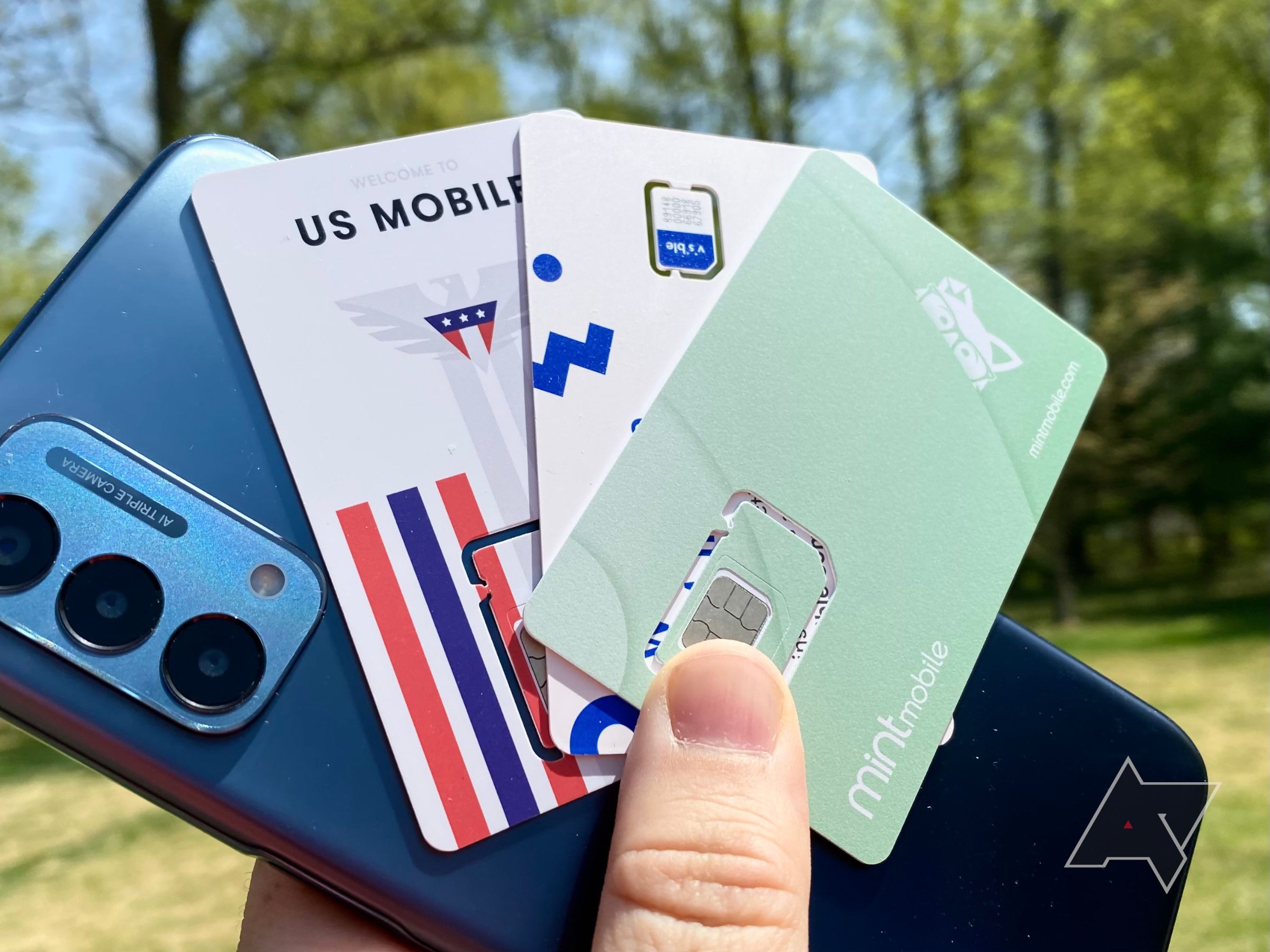
In the United States, Dish Network might be a surprise standout for some. It is building a 5G wireless network from the ground up with Open RAN technology. AT&T recently partnered with Ericsson to push the Open RAN technology to new heights with increased innovation. T-Mobile and Verizon Wireless are in the initial testing phases, but nothing is concrete. They are considering their options for a possible future deployment of Open RAN, which is a good start.
The following wireless carriers in Europe have started building Open RAN networks or are in the initial testing phases: Vodafone, Deutsche Telekom, Telefonica, and Orange.
Rakuten Mobile in Asia-Pacific built its entire network using Open RAN technology. Bharti Airtel partnered with Cisco to start initial trials, but nothing more yet.
What about the O-RAN Alliance?
As with any standard in the tech world, no single company is responsible for moving the industry forward. More often than not, an alliance is formed by several big-name companies and entities striving for the same thing — a universal standard. Shifting the industry toward a new standard involves teamwork and cooperation every step of the way.
Regarding Open RAN, the O-RAN Alliance comprises various mobile network operators, vendors, and academic or research entities. That includes companies in the RAN industry, such as AT&T, China Mobile, Deutsche Telekom, NTT DOCOMO, and Orange.
Open RAN is just getting started
Open RAN has many benefits with a few drawbacks that require extra work and effort across the industry. We’ll need everyone on board to see a shift in the mobile industry, including vendors and wireless carriers. Many of the largest wireless carriers may continue to use traditional RAN over Open RAN, but that may slowly change over time. Creating an open source and universal wireless networking standard is a new way of thinking. How long this process will take depends on the demand, so we’ll have to see how it unfolds in due time.
Now that you understand Open RAN better, consider checking out what C-Band 5G will do to push 5G wireless networks forward. We cover everything you need to know, from the different types of 5G technologies to some of the benefits of C-Band 5G.
Xem chi tiết và đăng kýXem chi tiết và đăng kýXem chi tiết và đăng kýXem chi tiết và đăng ký
Khám phá thêm từ Phụ Kiện Đỉnh
Đăng ký để nhận các bài đăng mới nhất được gửi đến email của bạn.
